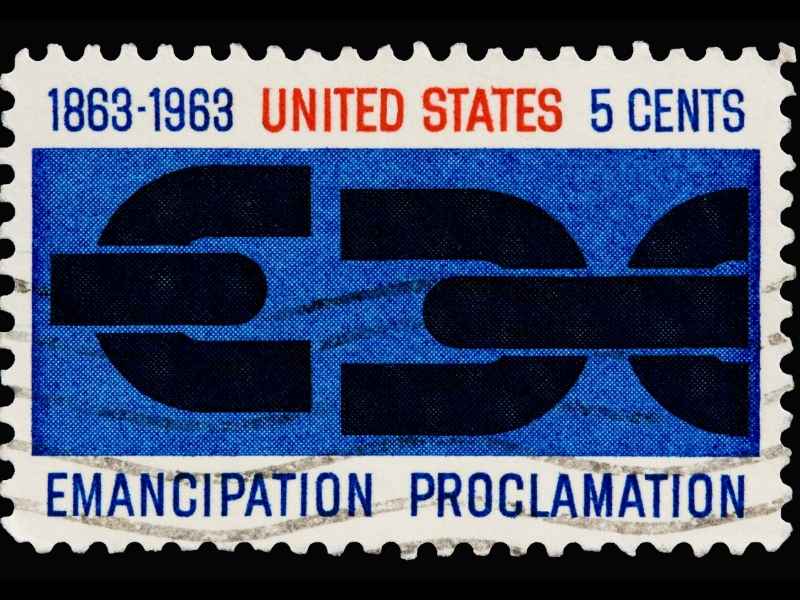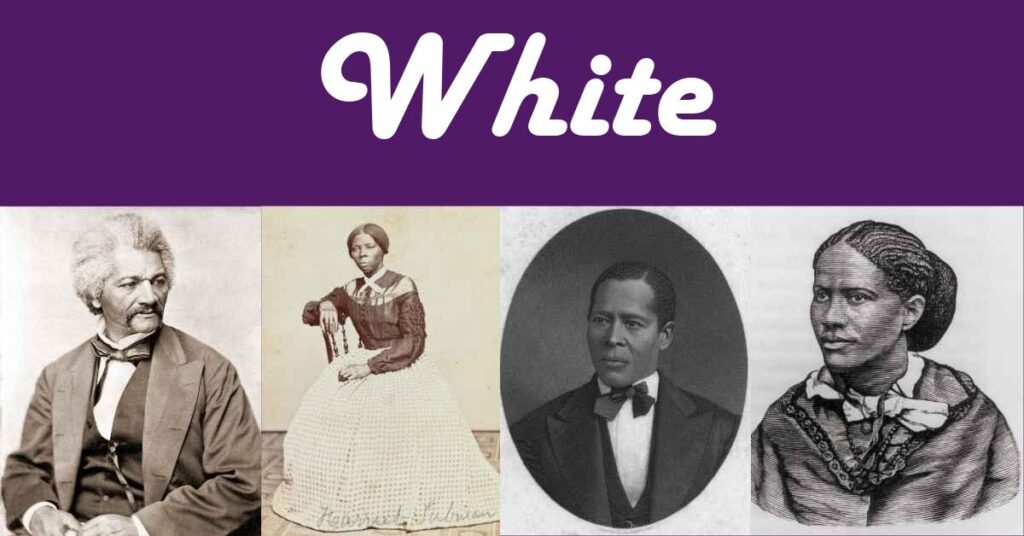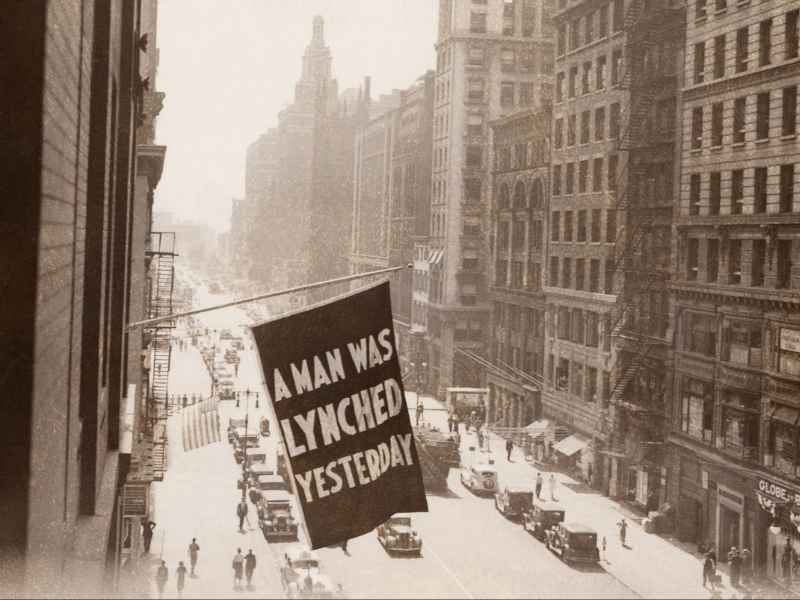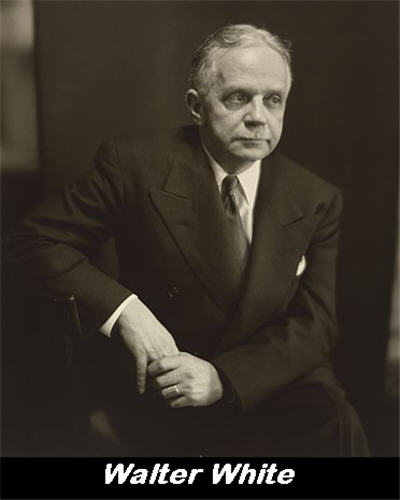The 2010 U.S. Census recorded 186,060 black Americans with White as their last name. That represented 28% of the total of 660,491 entries.
This article compares census numbers before and after the Civil War. We also look at historic African American people named White in the last three centuries.
We end with a review of early records of black military service in the United States.
White Before The Civil War
The 1850 census was the first to record all free members of households together. Before this, people who were not white were not named in the federal census.
In 1850, there was a box to enter color on the census. There were three categories: white, black, and mulatto. The third term is the language of the time, and I will use mixed in this article.
If you are researching your black White ancestors in census archives, be sure to check the two non-white categories. Do not assume that the people recording the information were always correct.
1850 Federal Census
There were 1,939 people named White who were recorded as black in the 1850 census. 529 were recorded as mixed.
Because they are in the main federal census, we know that they were free citizens.
There was a total of 69,218 free citizens named White that year. There would be one more census in 1860 before the Civil War.
After The Civil War

The 1870 census was the first survey after the Civil War and the Emancipation Proclamation. All African Americans were included.
Those who were omitted in 1850 and 1860 because they were enslaved were now recorded.
23,354 people named White were recorded in the 1870 census as black and 3,479 as mixed.
There was a total of 130,916 people with the name.
White In The 1900 And 1940 Census
The mixed category was dropped in 1900, so we just need to look at the black numbers this time.
The 1900 census recorded 52,161 people with the last name White as black within a total of 226,545 that year.
By the way, the mixed category returned in the 1910 and 1920 censuses. It was dropped again in 1930, but replaced with extra categories for colored and non-white in a way that seems confusing now.
This changed again in 1940 and we can simply focus on one black category.
The 1940 census recorded 73,560 people named White as black within a total of 358,506.
Historic Black Figures With The White Surname

Here are some notable African American people in history.
George White
- Born: 1852
- From: Rosindale, North Carolina
- Died: 1918
George Henry White graduated from Howard University in Washington D.C in 1874. He moved back to his home state to be a school principal. He also studied law and was admitted to the state bar in 1879.
The following year, he was elected to the North Carolina House of Representatives. In 1896, he was elected to the U.S. Congress.
He retained his seat two years later. The South would not elect another black candidate until 1972.
White pushed laws to establish new black schools and promoted measures to help African American communities economically.
In 1900, he proposed a bill that would make lynching a federal crime. This was the first such bill introduced in Congress, but it was blocked from making progress.

Other pioneering black legislators
Here are just some of the early African American legislators elected to House and Senate positions.
Walter White
- Born: 1893
- From: Atlanta, Georgia
- Died: 1955
Walter White’s two parents graduated from Atlanta University. His father was a postal worker and his mother a teacher. This gave Walter a relatively privileged upbringing.
When he also graduated from Atlanta University in 1916, he worked for a black insurance company. But White was also an activist, and he formed a local chapter of the NAACP. He was invited to work at the HQ in New York.
White was sent to Arkansas to investigate the Elaine Massacre in which hundreds of black workers and tenant farmers were killed. He helped organize the defense for Ed Hicks and eleven other black men wrongfully sentenced to death for murder.
White went on to become a highly effective investigator of lynchings in the South.

Walter had a very light complexion and often posed as a white man to gain information about violence and murders.
He even infiltrated Klan groups and was at great risk when word got around that a black man was passing for white in Georgia and Arkansas.
He became head of the NAACP in 1929 and led the organization for twenty-six years. He lobbied hard for anti-lynching legislation for much of those years.
Although Congress blocked all bills, the NAACP was more successful in garnering widespread public support against the practice.
White’s personal life gave him difficulties after he divorced his first wife in 1949. He quickly married a white South African which offended many of his family and colleagues.

White In Black Military Records
Military records are a rich resource of for family history research. Here are examples of the White surname from three different military services:
- Black civil war sailors
- Buffalo soldiers
- Tuskegee airmen
Black Civil War Sailors
The National Parks Service has a free archive of African American sailors during the Civil War.
The information includes their age, height, rank, occupation, and where and when they enlisted. It also includes every ship that they served on.
You can search the database on the National Parks website.
John W. White
One of the earliest entries for White was for John W. White from New York City, New York. He enlisted in December 1861 at New York when he was aged 19.
The record shows that John W. was assigned on October 1864 to the ship Macedonian.
His occupation before enlisting was as a Grocer. His naval rank was Landsman.
“Landsman” was the lowest rank at the time and was given to recruits with little sea experience.
Charles White
One of the later entries was for a sailor who enlisted at Cincinnati in January 1864. Charles was aged 23 and was from Charlotte County, Virginia.
He was assigned to the ship Hastings on March 1865.
His occupation before enlisting was as a Cook. His naval rank was Ordinary Seaman.
An ordinary seaman in the Navy is an apprentice who serves on the deck.
Buffalo Soldiers

Five regiments for black soldiers were formed during the Civil War. They were known as the Buffalo Soldiers.
Their records are part of the national archive of military monthly returns. The information includes the year and place of birth, where they enlisted, their occupation, and their height.
One of the earliest military entries for White was in August 1867. Peter White was a Sergeant in the Tenth Cavalry. He was stationed in August 1867 at Fort Harker.
One of the later entries was in August 1914. William White was a Corporal in the Ninth Cavalry.
If you are researching military ancestors, there is a free index of these records on Ancestry.com and FamilySearch.org. You have to create an account on either website, but you do not need to pay for the Buffalo Soldiers archive.
Tuskegee Airmen
The Tuskegee Airmen were military personnel who served at the Tuskegee Army Airfield or related programs.
Nearly one thousand black pilots graduated from the Tuskegee Institute. The photograph above (from the Library of Congress) shows a class in session.
They flew single-engine fighter planes or twin-engine bombers. 352 fought in combat.
Charles White graduated from the Tuskegee Institute in March 1944. He qualified as a fighter pilot. Charles was from St. Louis, Missouri.
His combat credits said:
Downed 2 Me-109s on April 1, 1945.
This means that Charles shot down two enemy aircraft on the same day.
Hugh White came from St. Louis, Missouri. He graduated in June 1944 as a fighter pilot. His combat credits said:
Downed 1 Me-109 on March 31, 1945
You can find a full list of graduate pilots in our list of Tuskegee Airmen.